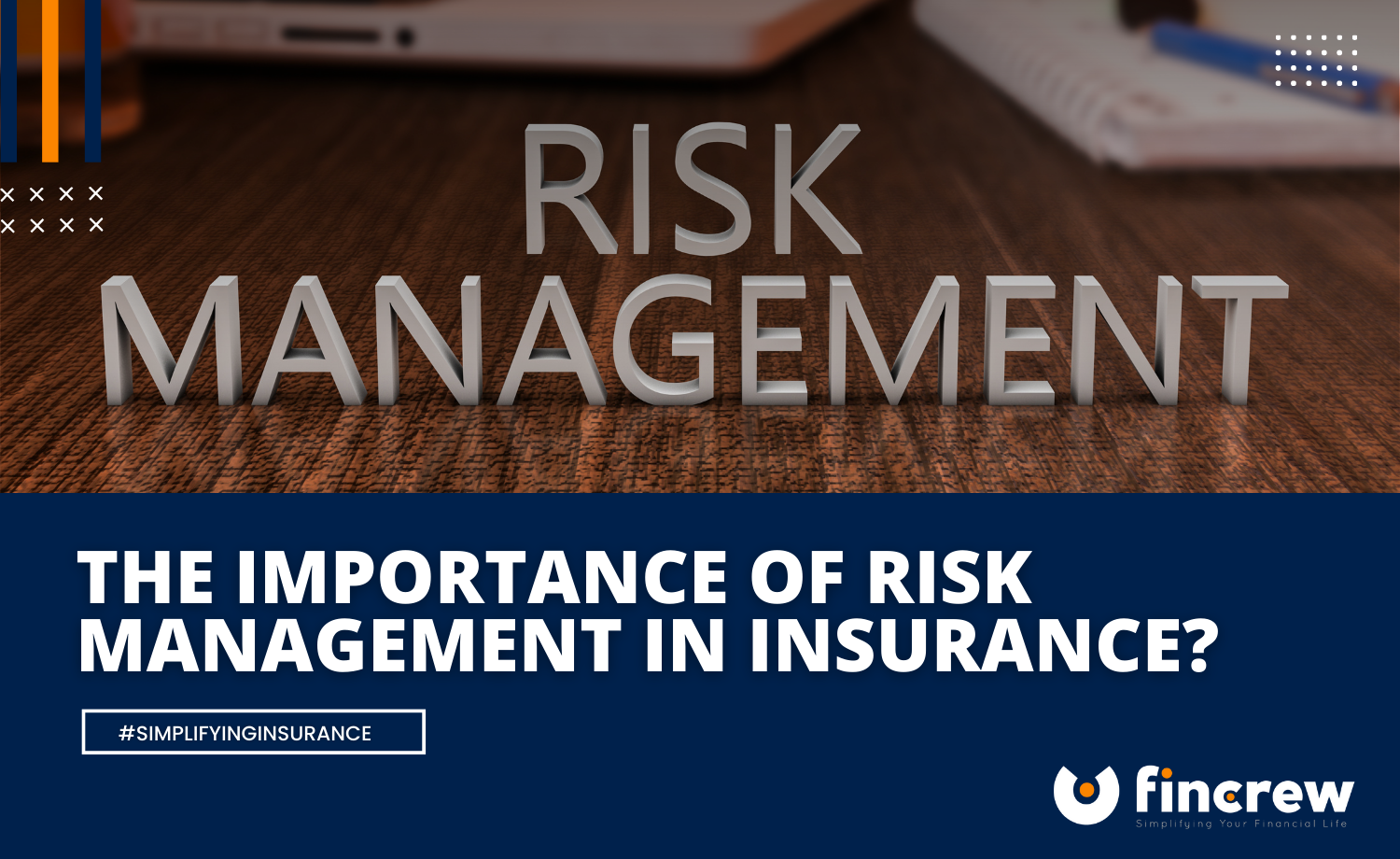The Far-Reaching Importance of Risk Management in Global Supply Chains
The Far-Reaching Importance of Risk Management in Global Supply Chains
Blog Article
Checking out the Relevance of Risk Management for Effective Decision-Making Techniques
In the detailed globe of business, Risk Management arises as a critical element in the decision-making process. The capability to recognize potential threats and chances, and plan as necessary, can lead to the distinction in between success and failure.
Understanding the Concept of Risk Management
Risk Management, a vital component in decision-making, is usually misinterpreted or oversimplified. Risk Management involves self-displined and organized approaches, using information and informative assessments. From monetary uncertainties, lawful liabilities, calculated Management errors, to mishaps and natural catastrophes, it resolves different threats - importance of risk management.
The Role of Risk Management in Decision-Making Processes
In the realm of calculated planning and service procedures, Risk Management plays an essential duty in decision-making processes. It aids in determining possible threats and uncertainties that might influence the achievement of service objectives. By tracing these dangers, companies can formulate methods to minimize their impact, guaranteeing service connection and stability. Risk Management therefore comes to be an important tool in decision-making, assisting leaders to make enlightened selections based upon an extensive understanding of the dangers entailed. It urges a proactive approach, enabling organizations to expect and prepare for feasible future circumstances. This considerably decreases the possibility of unfavorable repercussions, advertising a lot more effective and efficient decision-making methods. Therefore, Risk Management acts as an important element in the decision-making processes of any type of organization.
Just How Risk Management Boosts Strategic Preparation
In the context of calculated planning, Risk Management plays an essential role. Initiating with the recognition of prospective risks, it further encompasses the application of Risk reduction steps. The role of Risk Management is dynamic yet not static, as it demands consistent tracking and adjusting of strategies.
Recognizing Possible Risks

Applying Risk Reduction
Having developed the importance of identifying prospective dangers, the following action is to discover Risk reduction. This process involves establishing and applying approaches to manage identified threats successfully. It is a vital aspect of critical planning as it boosts decision-making by lessening potential unfavorable outcomes. Risk mitigation methods can vary from Risk avoidance, Risk transfer, to run the risk of reduction. Each method should be tailored my response to the specific Risk, considering its possible impact and the organization's Risk resistance. Additionally, reliable Risk reduction needs a deep understanding of the Risk landscape and the prospective impact of each Risk. This understanding allows organizations to focus on dangers and assign sources properly, making certain that the most significant hazards are resolved initially.
Surveillance and Changing Strategies
Though Risk mitigation is an essential action in calculated planning, constant monitoring and modification of these techniques is equally important. This recurring process permits organizations to recognize brand-new risks and reassess existing ones, making sure the executed techniques remain efficient in the ever-changing organization atmosphere. It additionally supplies an opportunity to review the success of the Risk Management measures, enabling changes to be made where necessary, additional improving strategic planning. Effective surveillance and adjustment need the usage of analytics and key efficiency indicators (KPIs) to determine efficiency. These devices offer beneficial data-driven insights that can notify calculated decision-making. For that reason, tracking and changing Risk Management methods is a critical component for improving an organization's durability and tactical planning.
Situation Researches: Effective Risk Management and Decision-Making
In the globe of company and financing, effective Risk Management and decision-making commonly act as the pillars of prosperous ventures. One such entity is a multinational oil company that alleviated financial loss by hedging against changing oil rates. In an additional circumstances, a tech startup grew by recognizing and accepting high-risk, high-reward strategies in an unpredictable market. A worldwide bank, confronted with governing unpredictabilities, effectively navigated the scenario with proactive Risk evaluation and dynamic decision-making. These instances highlight the value of sharp Risk Management in decision-making procedures. It is not the absence of Risk, however the Management of it, that often differentiates effective business from unsuccessful ones. These instances highlight the critical duty of Risk Management in tactical decision-making. importance of risk management.
Tools and Methods for Effective Risk Management
These devices, such as Risk registers and heat maps, aid in recognizing and analyzing potential dangers. Risk action methods, a vital part of Risk Management, involve approving, preventing, moving, or mitigating risks. With these methods and tools, decision-makers can navigate the complex see this website landscape of Risk Management, therefore facilitating educated and reliable decision-making.
Future Fads in Risk Management and Decision-Making Strategies
As we explore the vast landscape of Risk Management, it ends up being apparent that the strategies and devices utilized today will proceed to advance. Future patterns direct towards an increased dependence on innovation, with man-made intelligence and artificial intelligence playing substantial duties. These innovations will make it possible for companies to anticipate potential threats with better accuracy and make more informed choices. In addition, there will certainly be a growing focus on strength, not simply in managing threats however also in recuperating from negative situations. Lastly, the idea of Risk society, where every member of a company understands and entailed in Risk Management, will obtain a lot more prominence. These patterns proclaim a more inclusive and aggressive method in the direction of Risk Management and decision-making.
Final thought

Risk Management thus becomes an essential device in decision-making, assisting leaders to make informed choices based on a thorough understanding of the dangers included. Risk reduction methods can range from Risk avoidance, Risk transfer, to take the chance of reduction (importance of risk management). Effective Risk reduction requires a deep understanding of the Risk landscape and the possible effect of each Risk. Risk reaction strategies, a key part of Risk Management, include accepting, staying clear of, moving, or mitigating risks. The principle of Risk culture, where every participant of an organization is mindful and included in Risk Management, will obtain a lot more prominence
Report this page